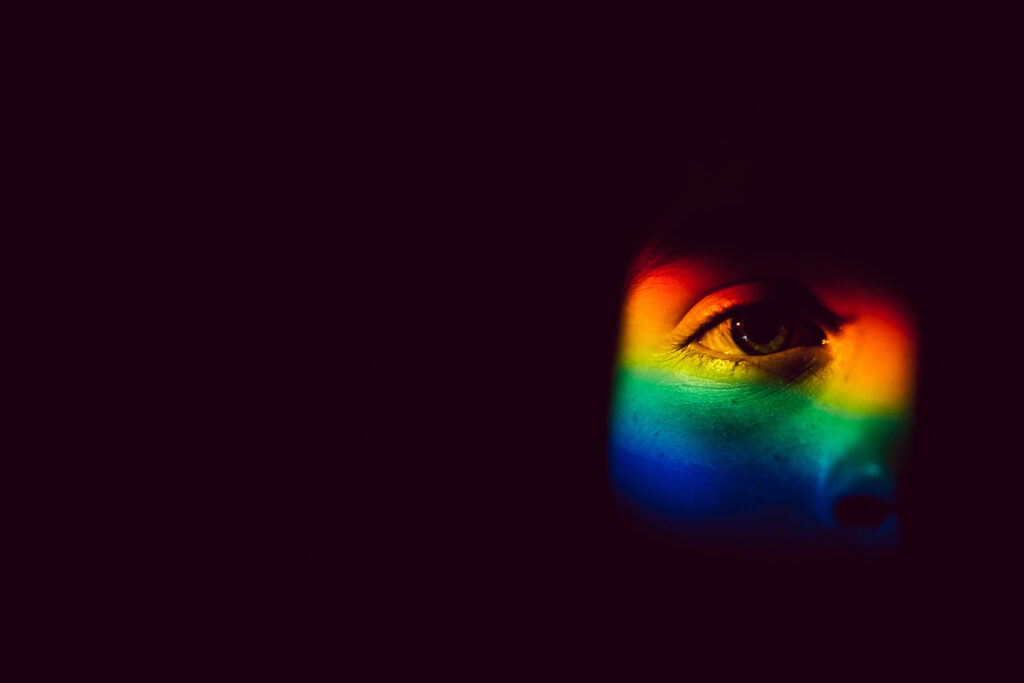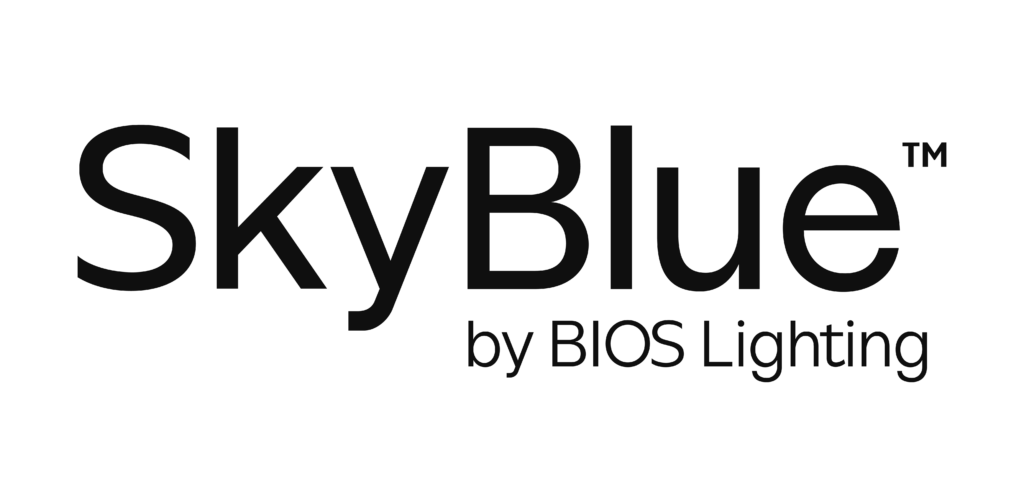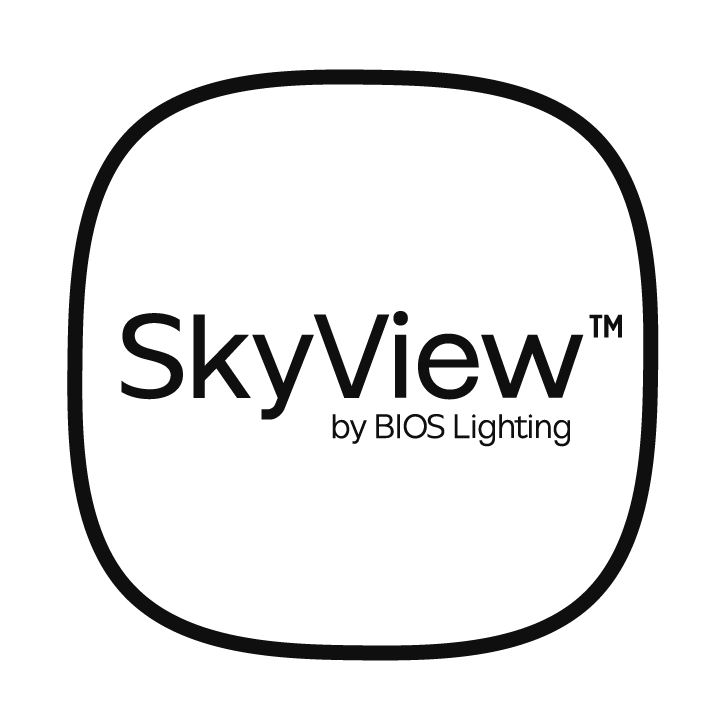Almost every facet of human life is dependent on the sun’s energy. However, modern life has broken our relationship with the sun and, in doing so, has disrupted the body’s biological processes — the circadian rhythm. Technology has enabled society to move indoors where we now spend over 90% of our time under electric light poor in the blue sky wavelengths needed to maintain our body clocks. Indoor living has thrown off our circadian rhythm, causing a variety of health issues — from fatigue to focus to psychological stress and poor health.
Traditionally thought of as more of an issue for those living in extreme latitudes in winter, a condition labeled SAD (Seasonal Affective Disorder), now we understand the problem is much more widely felt due to indoor living around the world, a condition more accurately described as IAD (Indoor Affective Disorder).
Why Doesn’t Standard Electric Lighting Keep Us Healthy?
Our biological needs are not being met by standard lighting, including modern LED solutions. Despite the seemingly natural appearance of white electric illumination, the underlying spectrum is quite different from the light of sun and sky. Natural light exposure includes a broad range of wavelengths (Figure 1), including the sky-blue region around 490nm that most strongly stimulates the circadian rhythm light receptors in our eyes (see greyed portion of Figure 1).
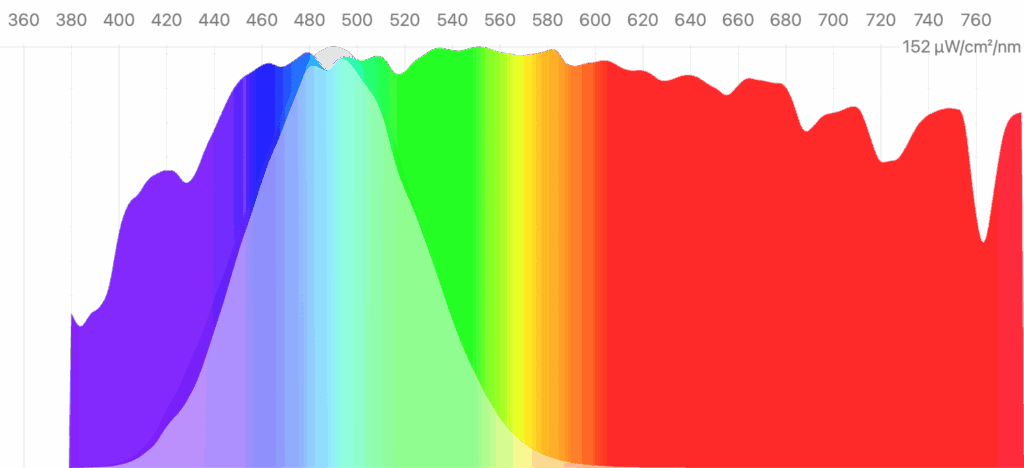
If we look at standard LED lighting, we see a very different distribution (Figure 2). Almost all electric lighting, from incandescent, to fluorescent, to modern LEDs lacks the sky-blue wavelengths around 490nm, despite overall having a white illumination.
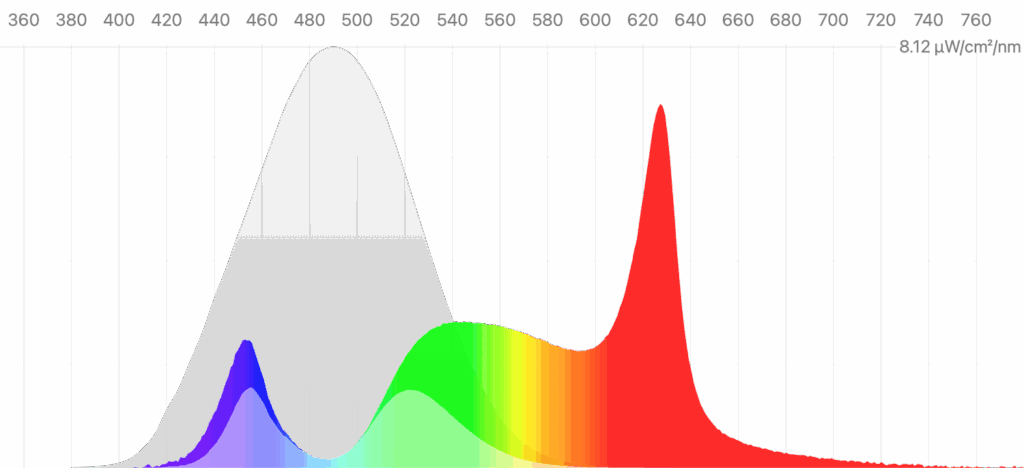
As a result, colors may appear close to daylight but the spectrum is drastically different from what our bodies actually need. An circadian-effective solution would be to modify the spectrum to provide light in that sky-blue region. One way to approach this might be to shift from yellower, ‘warmer’ low correlated color temperature (CCT) illumination to bluer, ‘cooler’ high CCT lighting. But ‘tuning’ of the spectrum through changing the CCT of standard LEDs is not as biologically-effective as it might seem.
What is Color Tuning? ─and Why It’s Not Enough for Circadian Health
Many LED lighting systems on the market today offer color tuning—the ability to adjust a light’s color temperature and brightness over time. This includes techniques like:
- Dim-to-Warm: This technique mimics the behavior of traditional incandescent bulbs by gradually shifting to warmer (more amber) tones as the light dims.
- White Color Tuning: White tuning allows users to manually or automatically adjust color temperature along a warm-to-cool white spectrum—typically from 2700K to 6500K.
- Full-Color Tuning (RGB): Full-color tuning uses red, green, and blue LEDs to generate nearly any color or shade of white. Often used for decorative or theatrical effects, it prioritizes visual and aesthetic customization.
Color tuning is great for aesthetic control and can enhance comfort, ambiance, and even mood. However, these systems are not biologically tuned to support human circadian physiology.
The Problem with Color Tuning: Color ≠ Circadian
While color tuning may visually resemble daylight, it often fails to deliver sufficient sky-blue melanopic light even at higher CCTs. A standard 6500K ‘cool white’ LED (Figure 3) has higher peaks in the blue range than the 3400K LED (Figure 2) but still lacks significant light at the targeted 490nm region. Color tuning is fundamentally limited by the LEDs used, and standard lights do not boost that region. Very high CCTs and/or higher light intensities could enhance that region but not without appearing too bright, glary and blue.
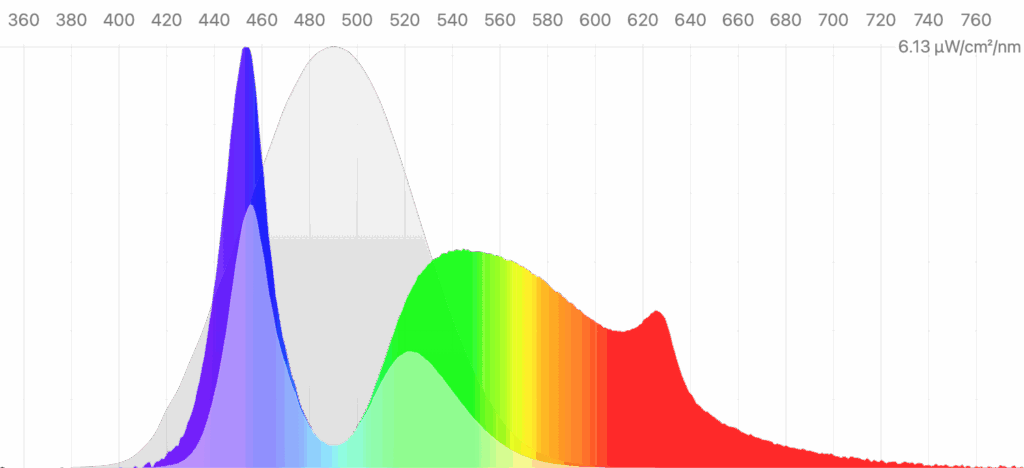
What’s needed is lighting that specifically boosts light in the sky-blue region to better simulate the broad spectrum of skylight (Figure 1).
What is Circadian Lighting?
Circadian lighting is intended to recreate natural light and effectively regulate circadian rhythm, potentially preventing, managing, and even curing many chronic diseases affecting millions of people. Among its many benefits, circadian lighting has been shown to improve mood, focus, alertness, sleep quality and overall well-being in clinical and field applications.
True circadian lighting is engineered specifically to stimulate the body’s non-visual receptors that influence the circadian system by delivering 490nm spectrum light during the day and removing it at night. Without targeting these biologically active wavelengths, color tuning simply doesn’t engage the circadian system effectively. If your lighting isn’t delivering biologically calibrated light, it’s just visual decoration, not a wellness solution.
Why Does True Human-Centric or Biological Circadian Lighting Matter?
BIOS SkyBlue™ and SkyView™ circadian lighting technology represents the missing link between artificial and natural light. With no need for color-tuning, it looks and feels like a normal LED light. SkyView™’s patented GCO™ technology provides high melanopic blue light without glare by spatially separating the cool blue and warm colors so the illumination appears natural and comfortable.

Just as you would see cool blue color in the sky with warmer tones below the horizon, SkyView™ light brings the comfort of a blue sky day indoors by providing high angle cool CCT light with augmented 490nm signal and low angle warmer CCT light to create a natural and healthy overall illumination.
How Choosing True Circadian Lighting Impacts Your Building Project

Choosing affordable, energy efficient, BIOS SkyBlue™ and SkyView™ true circadian lighting means prioritizing biological wellness, productivity, and alertness in your environment—whether it’s an office, school, hospital, or senior care facility. Unlike standard lighting or color-tuning systems, BIOS lighting is engineered to support the body’s natural circadian rhythm by delivering the right spectrum at the right time of day. This biologically optimized light helps regulate sleep-wake cycles, improve mood, and enhance focus. With BIOS, you’re not just lighting a space—you’re investing in better health outcomes, cognitive performance, and overall well-being for everyone who spends time under your roof. It’s lighting that truly works for people.

